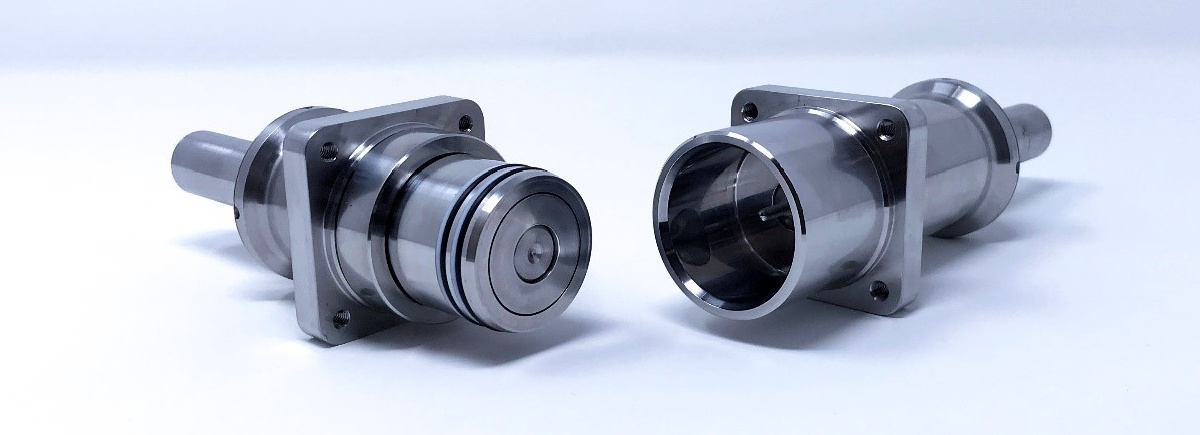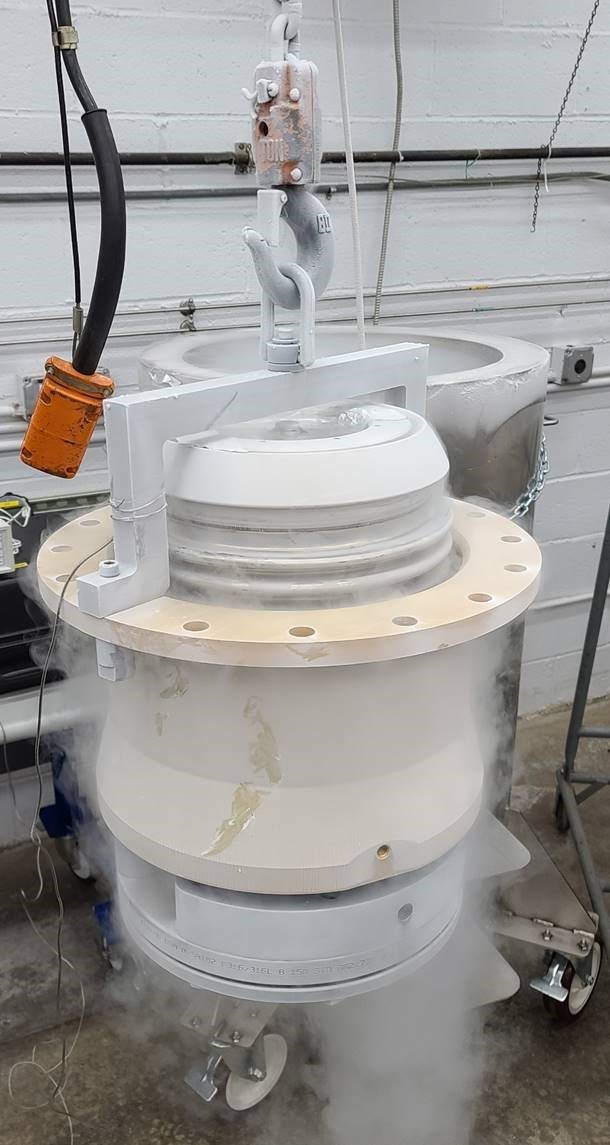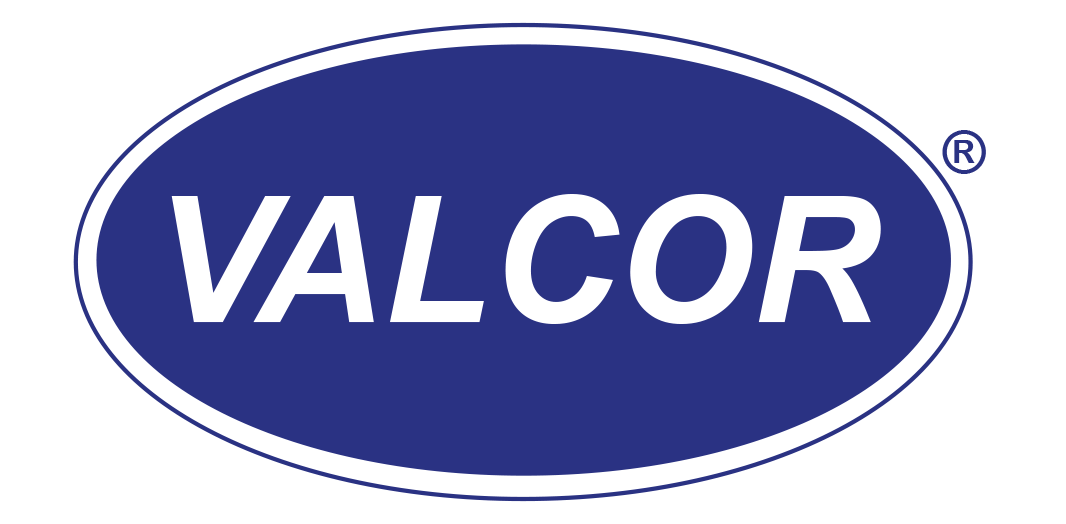When faced with the need to join two fluid lines that must occasionally be separated, the system designer has many options to consider. The first option for low pressure applications is the familiar pipe union coupling used on water, air, natural gas and pneumatic lines. This coupling has a male and a female half joined together by a rotating nut. The nut pulls the halves together to form a leak tight seal. In order to disconnect the lines under pressure safely, an isolation valve on each side must be included and closed. Otherwise, residual pressure between the valves is bled off as the union is taken apart. This works fairly well for lines as large as 2” and at relatively low pressures. While convenient, the pipe union requires a rotational torque to work, and is not practical for hydraulic or high pressure liquid or gas applications. For these applications, the most common style of coupling is the ball-lock quick connect coupler, which features a push-pull type of engagement that connects the two ends together. The female pressure side incorporates a check valve to prevent the media from flowing through the disconnected coupling. For most pneumatic couplings, the downstream side has no integral valve, and bleeds down the line pressure to atmosphere. A knurled collar on the pressure side is pulled back, allowing a ring of locking balls to move freely within the housing. This allows the male downstream side to connect and open the check valve. Releasing the collar secures the balls in a groove in the male fitting, locking the two together. For hydraulic applications, both sides incorporate check valves to prevent the media from flowing out of the hoses once disconnected. These couplings are typically good for up to 10,000 PSIG, but cannot handle much flow. For high pressure, high flow applications found in aircraft and space applications, a highly specialized form of quick connect (QD) is required.
Valcor Engineering’s line of QDs are specifically designed for the rigors of space launch systems and space flight. The QDs are designed to be pushed together and stay together with a friction fit. No rotational force is required to connect or disconnect them. This style of QD is non-locking, allowing for quick and easy separation without any manual intervention, such as encountered on a launch platform. They are held together by an external force that is released prior to separation. The QDs are supplied with a flange for mounting them to the superstructure of the ground support and/or spacecraft platforms they connect.
Each half of the QD incorporates a mechanical check valve that opens and allows the process media to flow once the halves are fully mated. When the QD is pulled apart, the check valves seal and prevent fluid loss. The check valves are designed to provide minimal pressure drop under flowing conditions. The QDs are available in several different sizes and are suitable for fluids including inert gases, propellants, liquid oxygen and liquid methane.

Valcor 3/4″ QD
While many Quick Disconnect couplings are used on the ground and separate just before a rocket is launched, some are designed for coupling in space. These QDs are designed for vibration, high pressure, and large temperature extremes. They are lightweight, have a large flow capacity, and minimal liquid loss during the decoupling process. Valcor’s QDs are custom designed for specific applications. Therefore, material selection, line sizes, pressure and fluid compatibility are established during the application development process. They are capable of meeting low leakage requirements, and current designs use tube stubs at the inlets and outlets for welding capabilities, with a 4-bolt flange. Standard male AN fittings are also an option. These QDs greatly enhance Valcor’s product line for liquid propellants.
Valcor’s customer acceptance of the QDs has resulted in several contract awards for very large QDs. Recently, Valcor created a large, 8 inch Quick Disconnect for use on a major Launch Vehicle. This QD will flow LOX and LNG at flow rates as high as 500 lbs/sec (that’s about two 50 gallon drums in a second!) even at cryogenic temperatures as low as -300°F. Valcor, with 70 years of successful mechanical valve design experience, relied on this knowledge base to create a superior-performing QD. Their very low leak rates, minimal friction, and ease of separation make Valcor’s QDs the preferred source for Launch Vehicle designers.
Valcor’s exceptional experience designing solenoid valves for liquid oxygen, liquid natural gas and other fluids, coupled with the use of the most modern model-based systems engineering, allow us to create custom engineered QD designs that meet or beat the tight schedules of our customers.

Large LOX/LNG Quick Disconnect undergoing cryogenic testing

Recent Comments